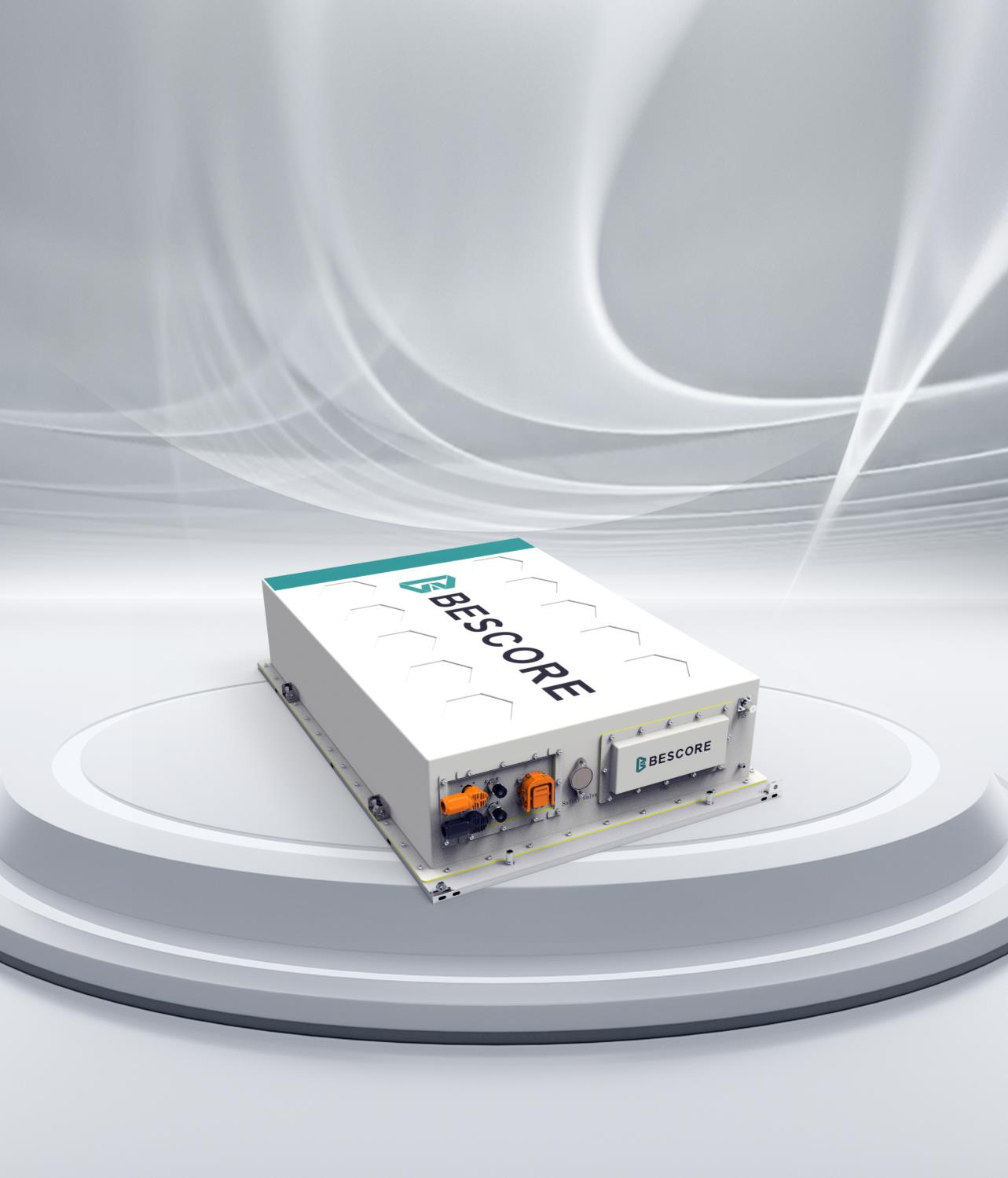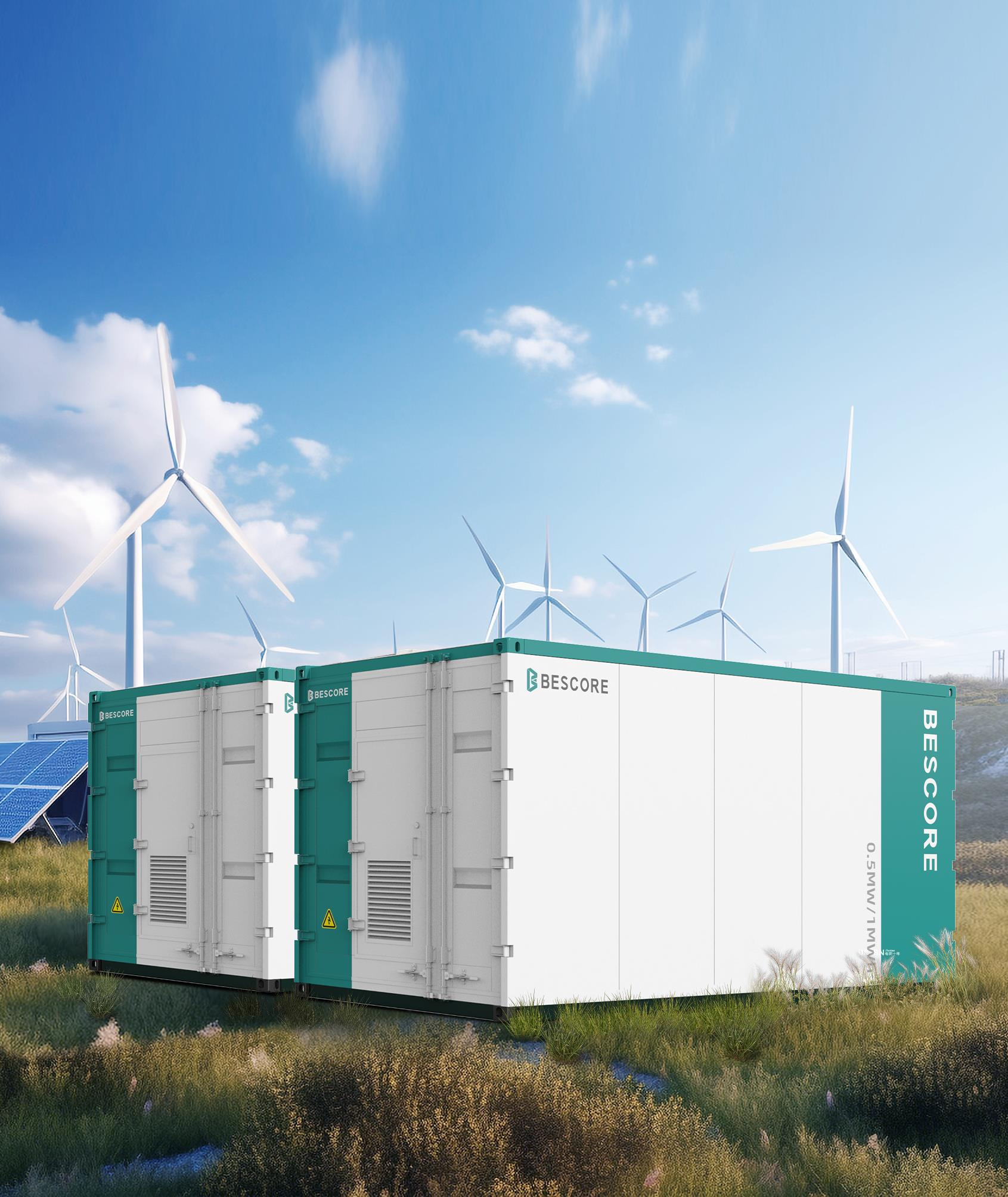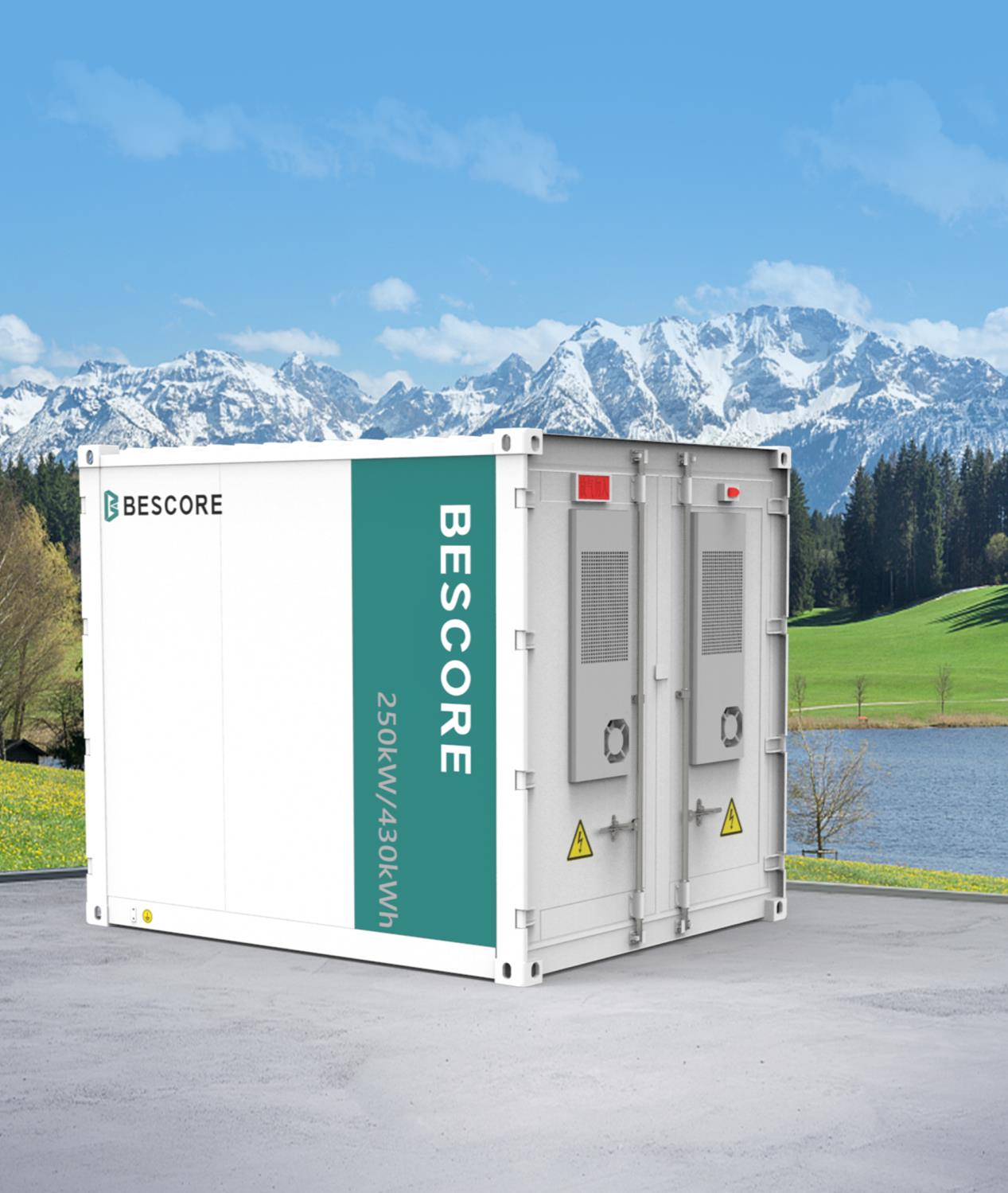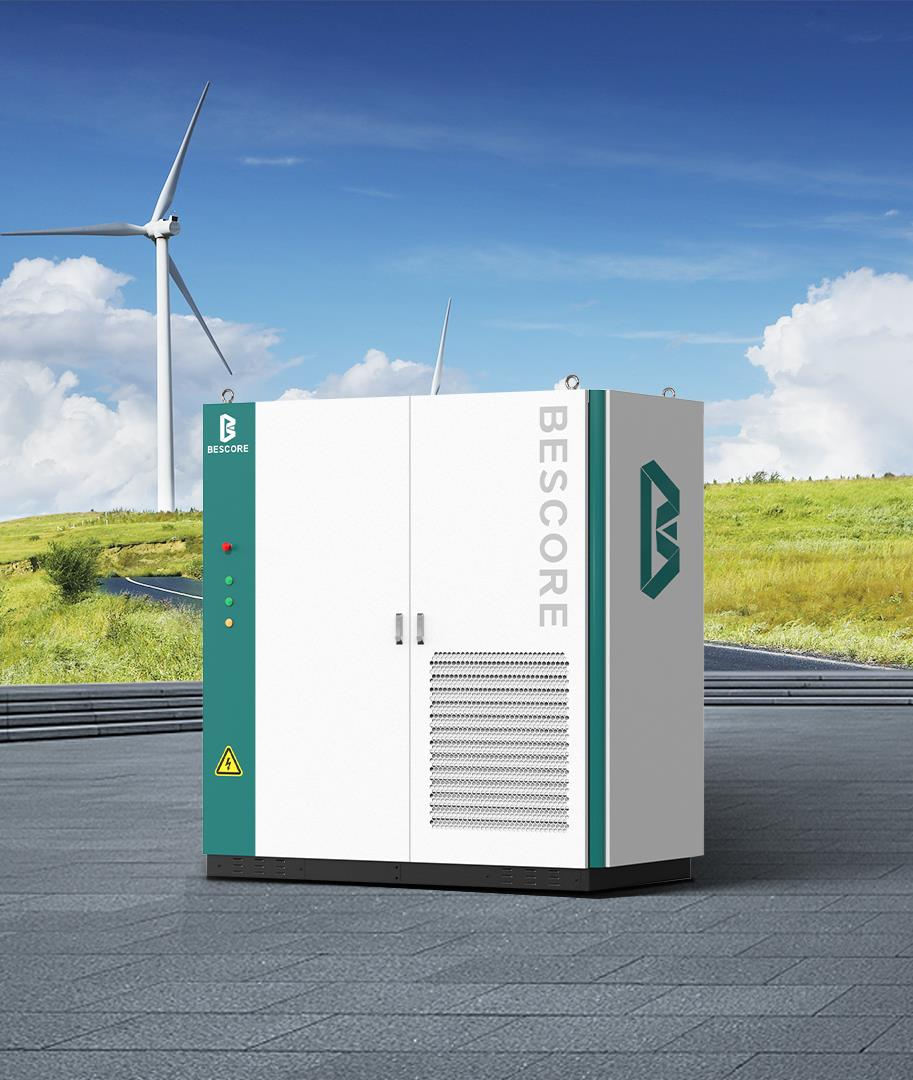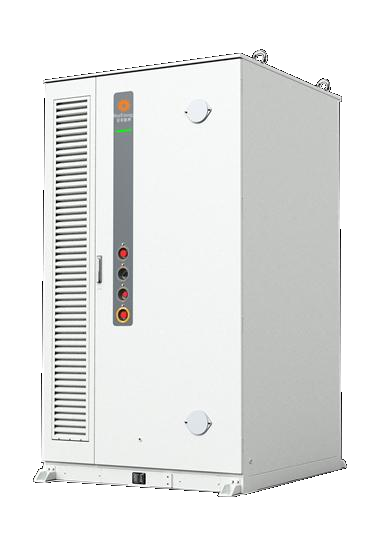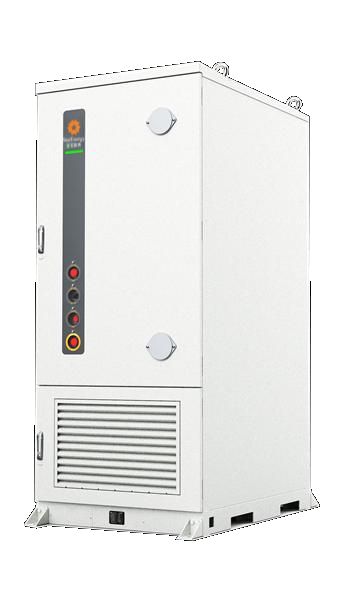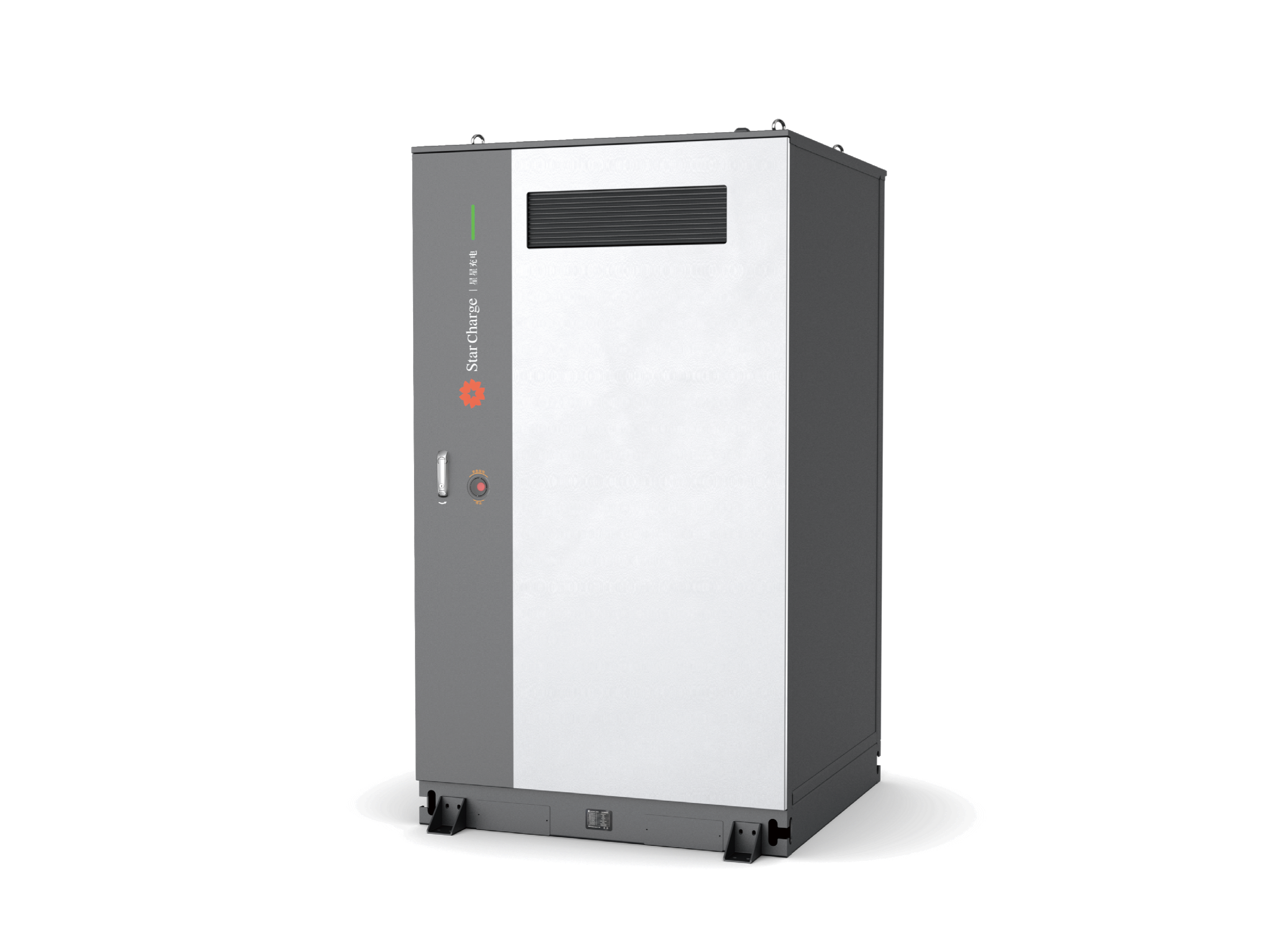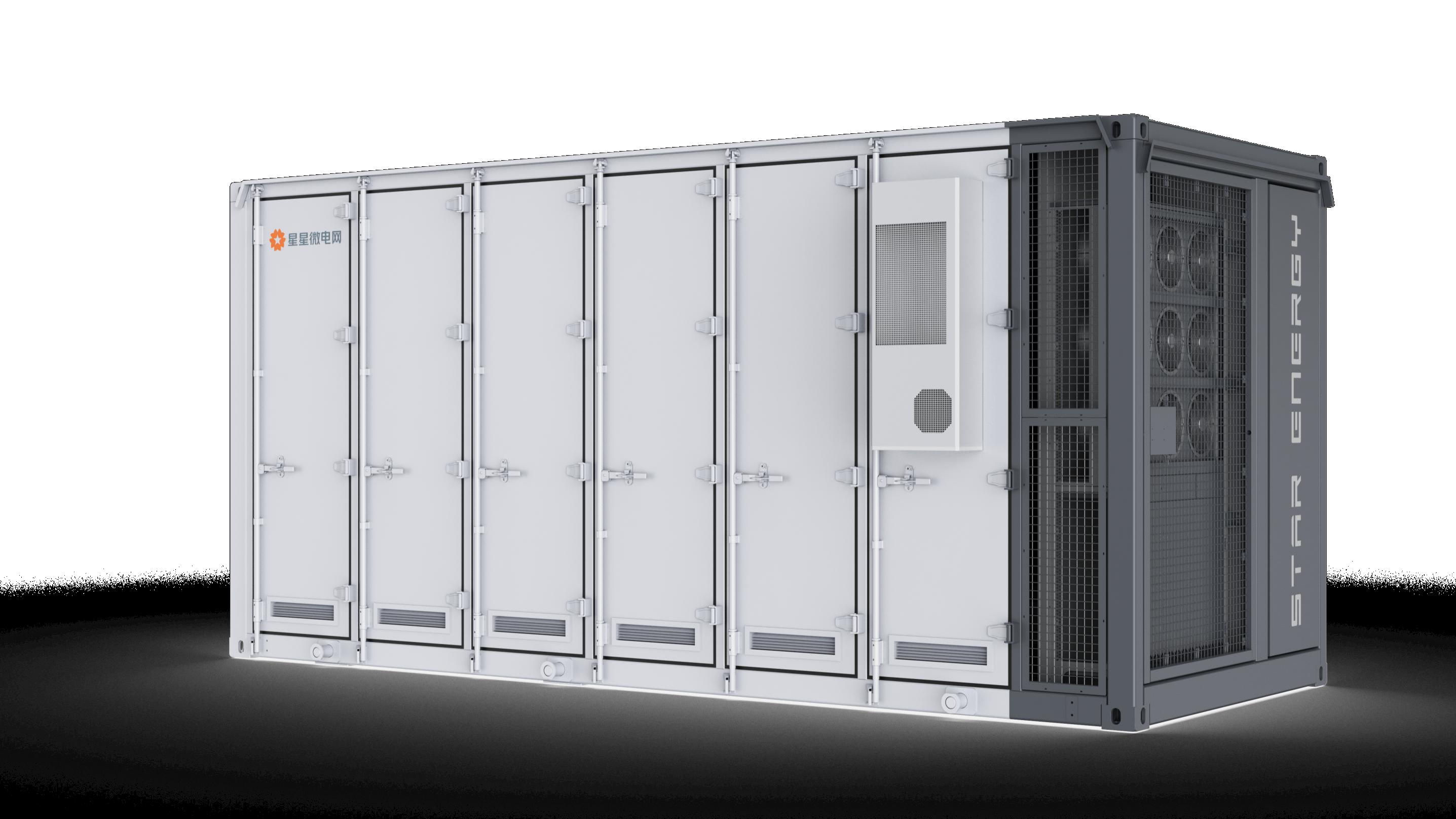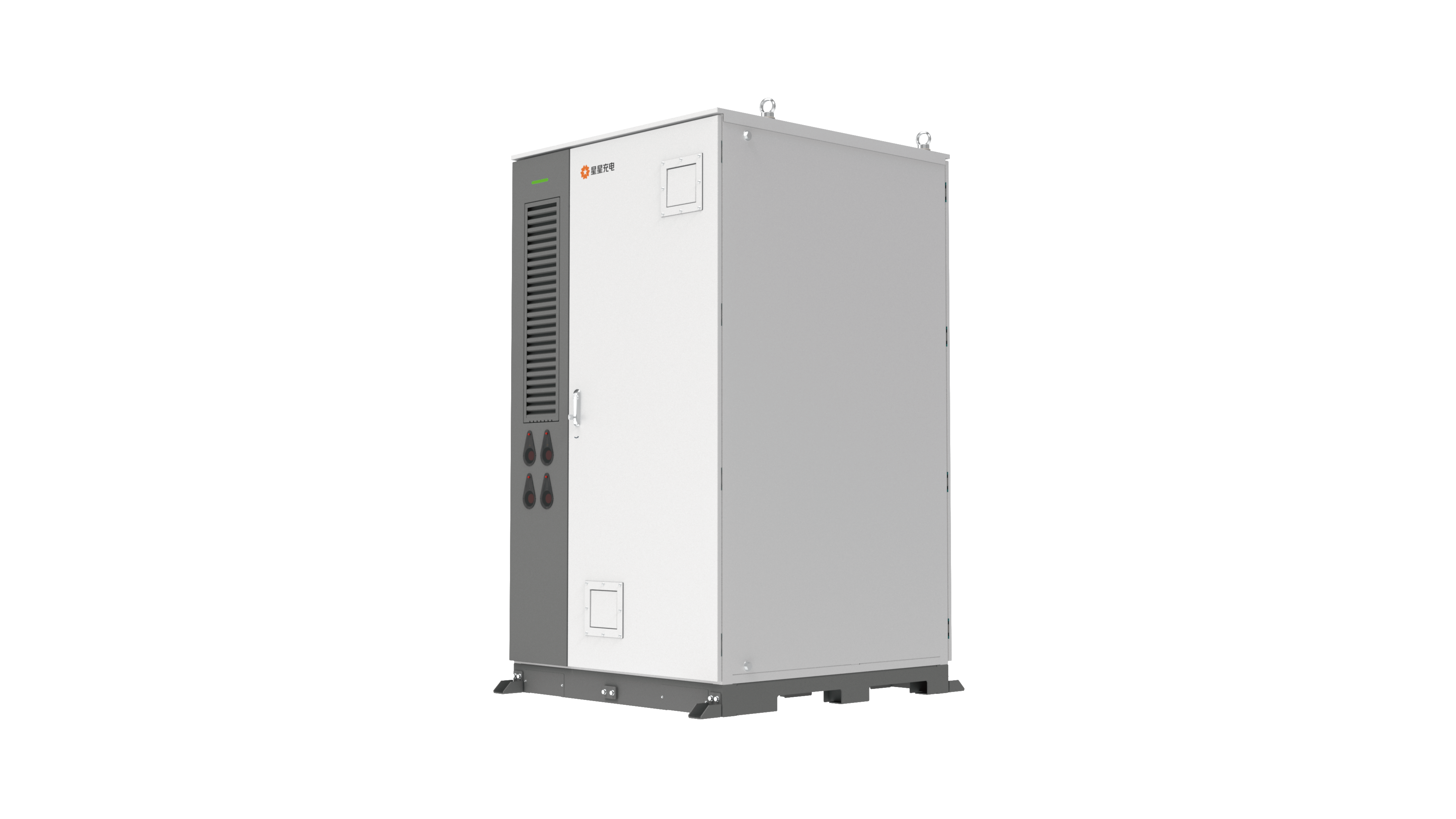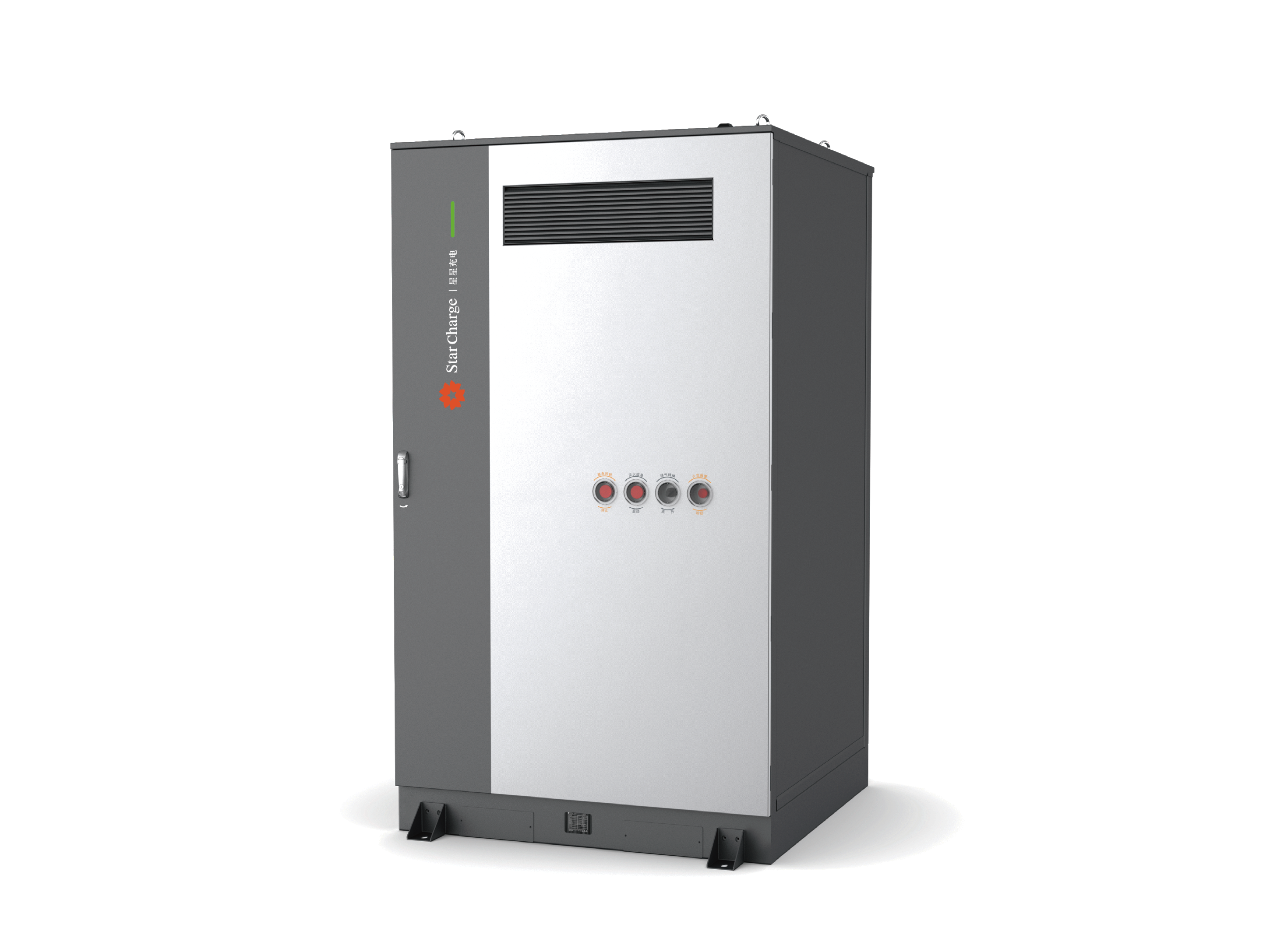Wedoany.com Report-Nov 27,Fengate Asset Management (Fengate) and Alpha Omega Power (AOP) have announced the closing of a tax equity commitment with U.S. Bancorp Impact Finance, a subsidiary of U.S. Bank, on the Caballero Energy Storage project (Caballero) to provide clean, resilient energy to the California grid.
Caballero marks the first investment by Fengate and AOP, which formed a development partnership in 2023 to develop, acquire, and operate battery energy storage system (BESS) projects. The partnership acquired the 400 MWh contracted BESS project from Origis Energy and closed construction and term debt with MUFG Bank.
Fengate is managing this investment on behalf of the Fengate Infrastructure Fund IV and its affiliated entities, including an investment by the LiUNA Pension Fund of Central and Eastern Canada.
When construction is complete, the six acre project will provide enough energy from clean sources to power more than 100 000 homes for up to four hours during peak electricity demand periods every day, displacing reliance on thermal generation and abating carbon.
“This investment reaffirms Fengate’s commitment to moving the needle on the energy transition and bringing much needed reliable renewable capacity to the California grid,” said Greg Calhoun, Managing Director, Infrastructure Investments at Fengate. “Caballero is a strong first investment for our development partnership and we look forward to growing our portfolio of BESS projects with AOP.”
With battery-stored energy accessible on-demand, Caballero will enhance grid resiliency during hours when solar power is coming offline and safeguard the grid against the impacts of extreme weather events.
“As California looks to achieve its sustainability goals, battery storage is an essential component to ensure grid reliability and facilitate further renewable energy adoption,” added Paul Choi, Founder and CEO of Alpha Omega Power. “We are proud to partner with Fengate to invest in critical infrastructure like Caballero to provide reliable, clean power to communities across the state.”
The project is expected to achieve commercial operations in early 2025.

